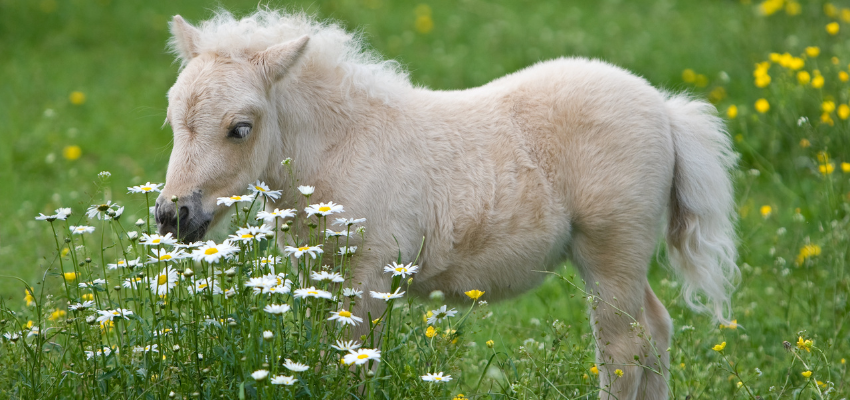In the world of horses, most people are familiar with popular breeds like Arabians, Quarter Horses, or Thoroughbreds.
But beyond the spotlight lies a quieter, more urgent story—one of rare and endangered horse breeds teetering on the brink of extinction.
These horses are more than genetics. They’re living legacies of culture, agriculture, warfare, and survival. Each endangered breed tells the story of a region, a people, a way of life. As industrialization, modernization, and homogenization have changed our world, many of these unique breeds have lost their place—and now need our help to survive.
In this article, we’ll highlight several rare and endangered horse breeds, explore the reasons behind their decline, and discuss what’s being done (and what you can do) to help preserve them for future generations.
Why Are Horse Breeds Becoming Endangered?
Horse breeds become endangered for a variety of reasons:
- Loss of purpose: Many breeds were developed for specific tasks—plowing fields, pulling carts, or riding long distances. As machines replaced horses, their “jobs” disappeared.
- Lack of awareness: Lesser-known breeds often don’t have the public visibility or support that popular breeds enjoy.
- Economic pressures: Maintaining rare breeds is costly. Without demand, breeders struggle to stay afloat.
- Genetic bottlenecking: When population numbers fall too low, inbreeding becomes a major concern.
According to organizations like the Livestock Conservancy and Rare Breeds Survival Trust, dozens of horse breeds around the world are now classified as critically endangered.
Spotlight on Rare & Endangered Horse Breeds
1. Suffolk Punch (England)
Status: Critical
Why it matters: This chestnut-colored draft horse is one of the oldest English horse breeds, dating back to the 16th century. Originally used for farm work, the Suffolk Punch is known for its strength, easy temperament, and durability.
Conservation efforts: Breeders and small farms across the UK and North America are working to revive the breed through careful breeding and outreach. The Suffolk Horse Society plays a major role in this mission.
2. Cleveland Bay (England)
Status: Critical
Why it matters: Once a favorite carriage horse of British nobility, the Cleveland Bay is a rare breed known for its versatility and stamina. It’s also one of the foundation breeds behind many modern sport horses.
Conservation efforts: The British Royal Family has supported conservation efforts, using Cleveland Bays in royal processions and promoting breed awareness.
3. Caspian Horse (Iran)
Status: Threatened
Why it matters: The Caspian was thought to be extinct for over 1,000 years until rediscovered in the 1960s. This small, ancient breed may be one of the direct ancestors of modern hot-blooded horses.
Conservation efforts: Breeding programs in Iran and a few international communities are preserving the Caspian’s delicate gene pool. These horses are increasingly used in youth riding and driving.
4. American Cream Draft (USA)
Status: Critical
Why it matters: The only draft horse breed developed in the U.S., the American Cream Draft is known for its cream-colored coat, pink skin, and amber eyes. It was widely used on farms in the early 20th century but declined with the advent of tractors.
Conservation efforts: Dedicated breeders and the American Cream Draft Horse Association are working to rebuild the population, now estimated at fewer than 500.
5. Skyros Pony (Greece)
Status: Endangered
Why it matters: Native to the island of Skyros, this ancient pony breed has roamed free for centuries. Traditionally used in farming and festivals, the Skyros pony is now threatened by shrinking habitats and crossbreeding.
Conservation efforts: Local sanctuaries and international support are helping to protect remaining herds. Skyros ponies are also being used in educational and therapeutic settings.
The Global Movement to Save Rare Horses
Many organizations are working to preserve rare horse breeds through:
- Breed registries that maintain pedigree records and standards
- DNA testing to monitor genetic diversity
- Public education and outreach to increase awareness and value
- Government and private grants for conservation breeding programs
- Youth programs that connect young people with heritage breeds
Notable organizations include:
- The Livestock Conservancy (USA)
- The Rare Breeds Survival Trust (UK)
- Save the Horse Foundation (global)
- FAO’s Global Plan of Action for Animal Genetic Resources
These efforts depend not just on breeders, but also on riders, volunteers, donors, and everyday horse lovers.
What You Can Do to Help
You don’t have to be a breeder or scientist to support endangered horse breeds. Here’s how you can make a difference:
Learn and share
Awareness is the first step. Share information about rare breeds in your community or online.
Visit and support heritage farms
Many farms that preserve rare breeds offer tours, educational events, and volunteering opportunities.
Choose rare breeds when possible
If you’re buying or adopting a horse, consider a lesser-known breed. You’ll be helping preserve its future.
Support breed associations
Memberships, donations, and even purchasing merchandise can help fund vital preservation work.
Include rare breeds in equestrian events
Whether it’s parades, fairs, or horse shows, showcasing endangered breeds builds public interest and support.
Final Thoughts: Preserving More Than a Horse
Saving a rare horse breed isn’t just about genetics—it’s about preserving a piece of human history, culture, and connection to the natural world. These horses have carried kings, plowed fields, and stood beside us for centuries. Without action, they risk becoming nothing more than stories in old books.
But with awareness, advocacy, and support, we can keep these living legends alive—for our generation and the ones to come.

